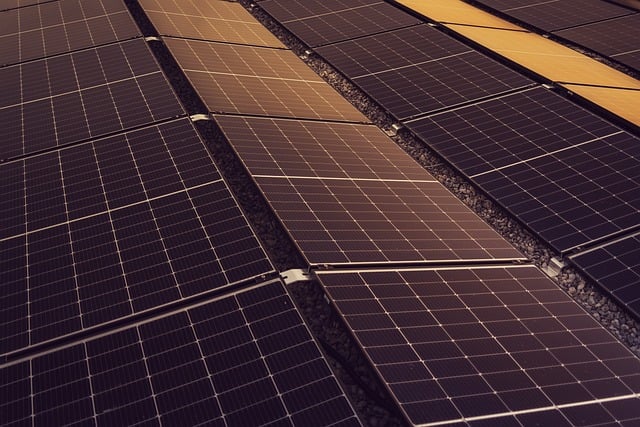Unveiling the Sizzling Secrets of Spanish Paella
Spanish cuisine has always been a treasure trove of flavors, colors, and textures. One dish that stands out in this culinary landscape is the vibrant and comforting Paella. This classic Spanish delight is much more than a mere rice dish - it's a canvas that beautifully captures the spirit of Spanish gastronomy.

Paella: A Flavorful Journey Through Spain
Paella is a symbol of Spanish culinary heritage, which brings the communities together around a large pan for a hearty meal. Originated from Valencia, a region on Spain’s southeastern coast, Paella is traditionally cooked over an open fire, imparting it a unique, smoky flavor. The dish typically includes saffron-infused rice, a medley of vegetables, and a variety of proteins like chicken, rabbit, or seafood.
The Art of Crafting the Perfect Paella
Creating a Paella dish is an art that demands patience and skill. The rice grains must be cooked to al dente perfection, absorbing the flavors of the broth, saffron, and other ingredients. The proteins need to be cooked just right, and the addition of vegetables brings a fresh burst of colors and textures to the dish. However, the real star of the show is the ‘socarrat’ - the crispy, caramelized layer of rice at the bottom of the pan, which lends a delightful crunch to every bite.
Exploring Innovative Twists on Traditional Paella
While traditional Paella is undeniably delicious, chefs around the world are giving it a contemporary spin. Some are experimenting with different types of rice, while others are incorporating unconventional proteins like duck or snails. Vegan Paella, with a bounty of vegetables and meat substitutes, is becoming increasingly popular among health-conscious foodies.
The Impact of Paella on Global Cuisine
Paella’s influence extends far beyond Spanish borders. This dish has found its way into the menus of many global restaurants, with each region adding its unique twist. From the seafood-heavy Paellas of coastal regions to the meat-loaded versions in the interiors, Paella’s versatility has made it a global favorite.
Key Ingredients and Techniques for a Perfect Paella
- Use short-grain rice, which absorbs flavors better and maintains its structure during cooking.
- Saffron is a must for its unique flavor and the vibrant golden color it imparts to the dish.
- Use a traditional Paella pan. It’s wide and shallow, which ensures the rice cooks evenly.
- Control the heat. Paella is best cooked over a slow, steady flame.
- Don’t stir after the first 20 minutes of cooking. You want to develop the ‘socarrat’.
In conclusion, Paella is more than a dish - it’s a celebration of Spanish culture, a testament to the country’s rich culinary heritage, and a reflection of its regional diversity. Understanding its history, traditional techniques, and contemporary variations can deepen your appreciation for this Spanish classic. So, the next time you sit down to enjoy a plate of sizzling Paella, remember - you’re not just tasting a dish, you’re experiencing a slice of Spain.


